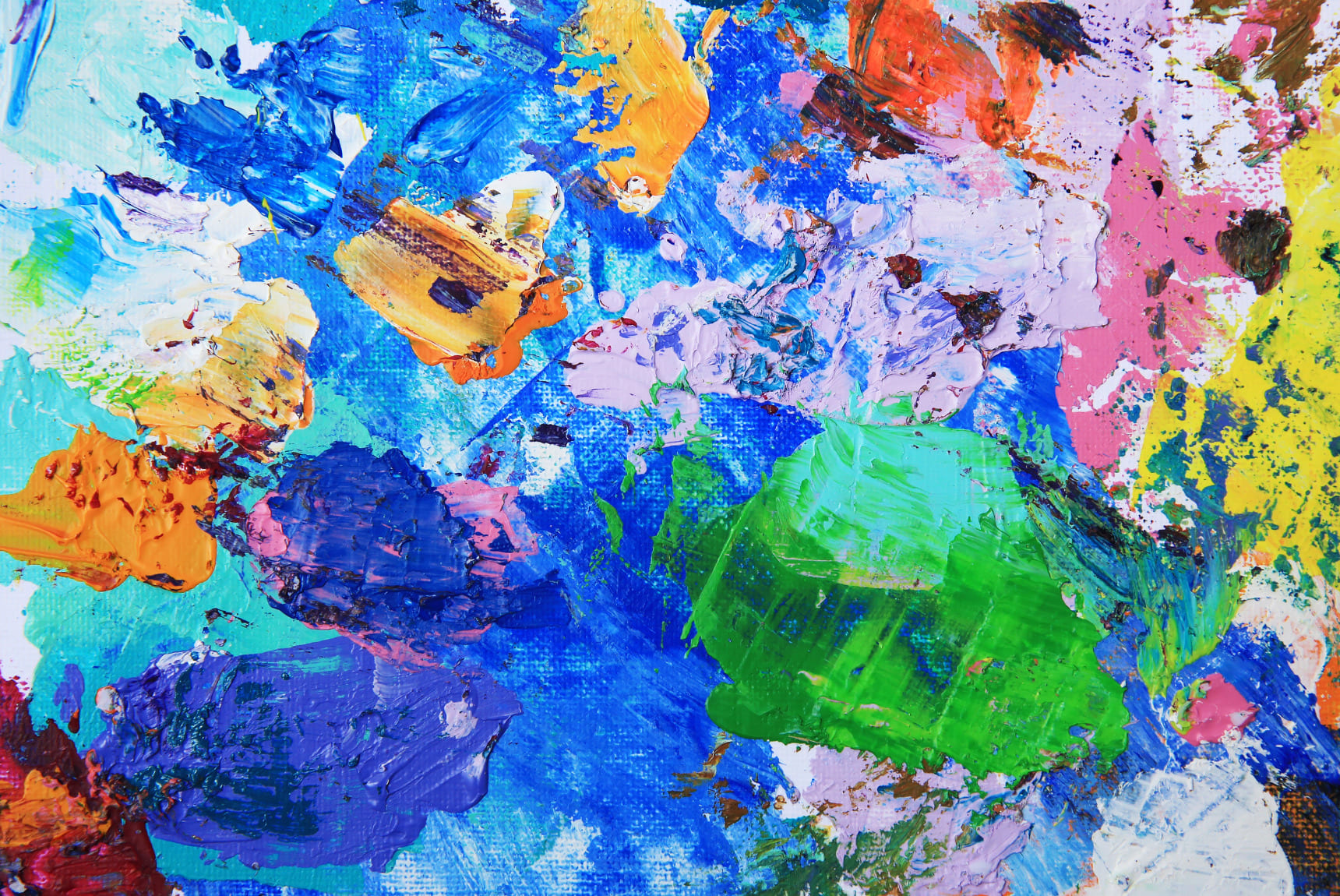Art therapy is a powerful form of therapeutic intervention that utilizes creative expression to improve mental health and overall well-being through various types of art. In this article, we are going to explore the various benefits of art therapy and how it can positively impact mental health.
Understanding Art Therapy
Art therapy involves the use of artistic techniques and creative processes to support individuals in exploring their emotions, improving self-esteem, and resolving conflicts. It is facilitated by trained art therapists who guide clients through the artistic process while providing a safe and supportive environment for expression.
The Benefits of Art Therapy
- Emotional Expression and Communication
Art therapy allows individuals to express thoughts and feelings that may be difficult to verbalize. Through creative expression, clients can communicate their inner experiences, emotions, and subconscious thoughts, helping them gain insight into their own feelings and behaviors.
- Stress Reduction and Relaxation
Engaging in art-making activities promotes relaxation and reduces stress levels. The process of creating art can serve as a form of mindfulness practice, allowing individuals to focus on the present moment and alleviate anxiety and tension.
- Enhanced Self-esteem and Self-awareness
Creating art in a supportive therapeutic setting can boost self-esteem and self-confidence. As individuals develop artistic skills and see tangible outcomes of their efforts, they gain a sense of accomplishment and pride in their abilities.
- Processing Trauma and Grief
Art therapy provides a non-verbal means for processing traumatic experiences and grief. Through symbolic imagery and metaphors, clients can explore and release pent-up emotions, facilitating healing and emotional resilience.
- Promotion of Cognitive Abilities
Art-making stimulates cognitive functions such as problem-solving, critical thinking, and spatial reasoning. These mental exercises can enhance cognitive abilities and foster neuroplasticity, supporting overall brain health.
- Socialization and Connection
Participating in group art therapy sessions promotes socialization and interpersonal connections. Sharing artwork and stories within a supportive group setting encourages empathy, validation, and a sense of belonging.
How Art Therapy Works
Art therapists employ a variety of techniques tailored to meet the needs and goals of each client. These may include:
- Free-Form Art: Encouraging spontaneous creation without predefined rules or expectations.
- Guided Imagery: Using visualizations to explore emotions and create symbolic representations.
- Art Journaling: Keeping a visual diary to track emotions, thoughts, and progress over time.
Art therapy is a versatile and effective therapeutic approach that harnesses the healing power of creativity to promote mental health and well-being. By facilitating emotional expression or reducing stress art therapy continues to demonstrate its profound benefits in enhancing the lives of individuals across diverse populations.

